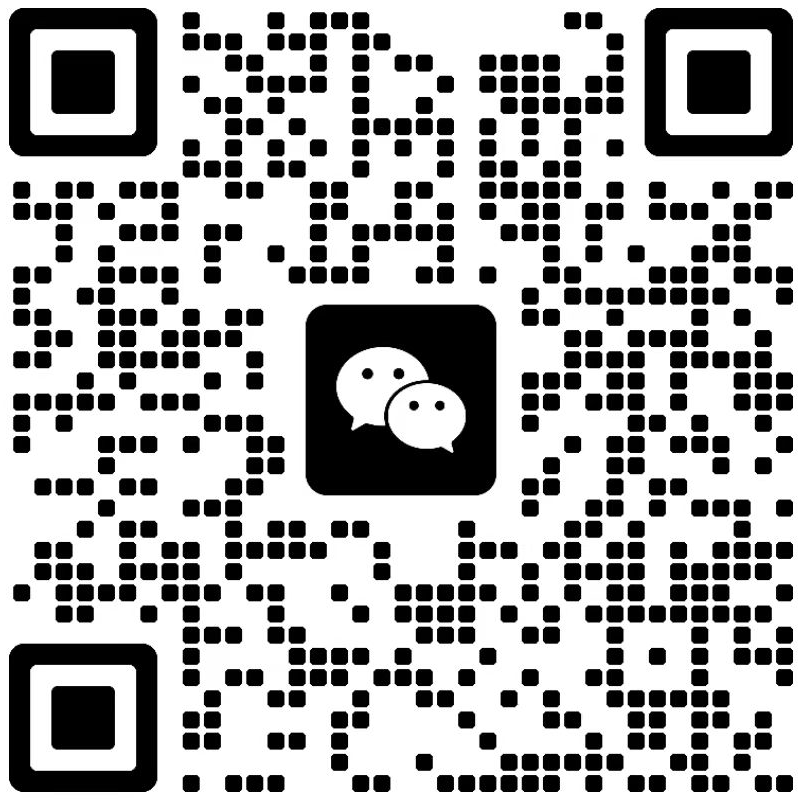The earliest wireless application was the telegraph, and the spark transmitter was the earliest telegraph equipment, which can sometimes be seen in the Radio Museum.
Below is a brief introduction to its basic principle, starting with the transmitter, as shown in the following figure:
Working principle: By pressing the electric key, high voltage is generated inside the inductor coil (transformer), causing the spark ball to produce electric spark discharge, generating oscillating electromagnetic waves that radiate outward through the antenna. The duration of key contact is used to represent the points (.) and strokes (-) in a telegram, thus achieving the purpose of information transmission. Individual antenna manufacturer
The telegraph receiver is shown in the following figure:
The working principle is that at the receiving end, the antenna receives aerial radio signals and detects weak oscillating voltage signals through a magnetic detector (unidirectional switch), thereby obtaining the information transmitted by the aerial signal. The horn with a magnet is connected to both ends of the detector, converting the electrical signal into the vibration of the horn diaphragm, driving the surrounding air to vibrate and form sound, achieving the purpose of information reception








